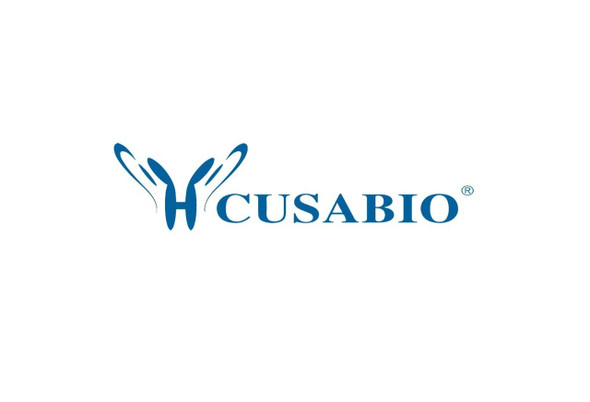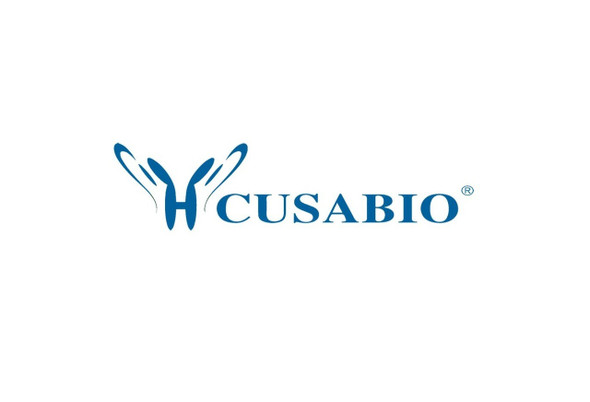Cusabio Polyclonal Antibodies
Phospho-YWHAZ (Thr232) Antibody | CSB-PA086433
- SKU:
- CSB-PA086433
- Availability:
- 3 to 7 Working Days
- Size:
- 100ul
Description
Phospho-YWHAZ (Thr232) Antibody | CSB-PA086433 | Cusabio
Phospho-YWHAZ (Thr232) Antibody is Available at Gentaur Genprice with the fastest delivery.
Online Order Payment is possible or send quotation to info@gentaur.com.
Product Type: Polyclonal Antibody
Target Names: YWHAZ
Aliases: 1433Z; 143Z; FAS; YWHAZ;
Background:
Adapter protein implicated in the regulation of a large spectrum of both general and specialized signaling pathways. Binds to a large number of partners, usually by recognition of a phosphoserine or phosphothreonine motif. Binding generally results in the modulation of the activity of the binding partner.
Sluchanko NN, et al. (2011) Arch Biochem Biophys 506, 24-34
Sluchanko NN, et al. (2008) Arch Biochem Biophys 477, 305-12
Clokie SJ, et al. (2005) FEBS J 272, 3767-76
Isotype: IgG
Conjugate: Non-conjugated
Clonality: Polyclonal
Uniport ID: P63104
Host Species: Rabbit
Species Reactivity: Human, Mouse, Rat
Immunogen: Peptide sequence around phosphorylation site of threonine232 (S-D-T (p) -Q-G) derived from Human 14-3-3 zeta/ delta .
Immunogen Species: Human
Applications: ELISA, WB
Tested Applications: ELISA, WB;WB:1:500-1:1000
Purification Method: Antibodies were produced by immunizing rabbits with synthetic phosphopeptide and KLH conjugates. Antibodies were purified by affinity-chromatography using epitope-specific phosphopeptide. Non-phospho specific antibodies were removed by chromatogramphy using non-phosphopeptide.
Dilution Ratio1: ELISA:1:2000-1:10000
Dilution Ratio2: WB:1:500-1:1000
Dilution Ratio3:
Dilution Ratio4:
Dilution Ratio5:
Dilution Ratio6:
Buffer: Rabbit IgG in phosphate buffered saline (without Mg2+ and Ca2+), pH 7.4, 150mM NaCl, 0.02% sodium azide and 50% glycerol.
Form: liquid
Storage: Upon receipt, store at -20°C or -80°C. Avoid repeated freeze.
Initial Research Areas: Cell Biology
Research Areas: Neuroscience;Cell biology;Tags & Cell Markers;Signal transduction






